New Tech Firm Plans To Revive Extinct Woolly Mammoth Species
Colossal Biosciences is a biotech company that has been working, since 2021, on reintroducing the once-extinct woolly mammoth to the arctic regions of the earth.
The woolly mammoth, which lived about 1.8 million to 800,000 years ago, was a prominent stakeholder in what was called the steppe-tundra habitat. Colossal Biosciences is well-invested in checking climate change through arctic rewilding.
Meet the Woolly Mammoth
A woolly mammoth is a warm-blooded mammal that can brave freezing temperatures. It has two layers of thick fur, a short mass close to the body, overlaid by longer ones. Woolly is always active and consistently migrating, foraging along the way to stay warm.
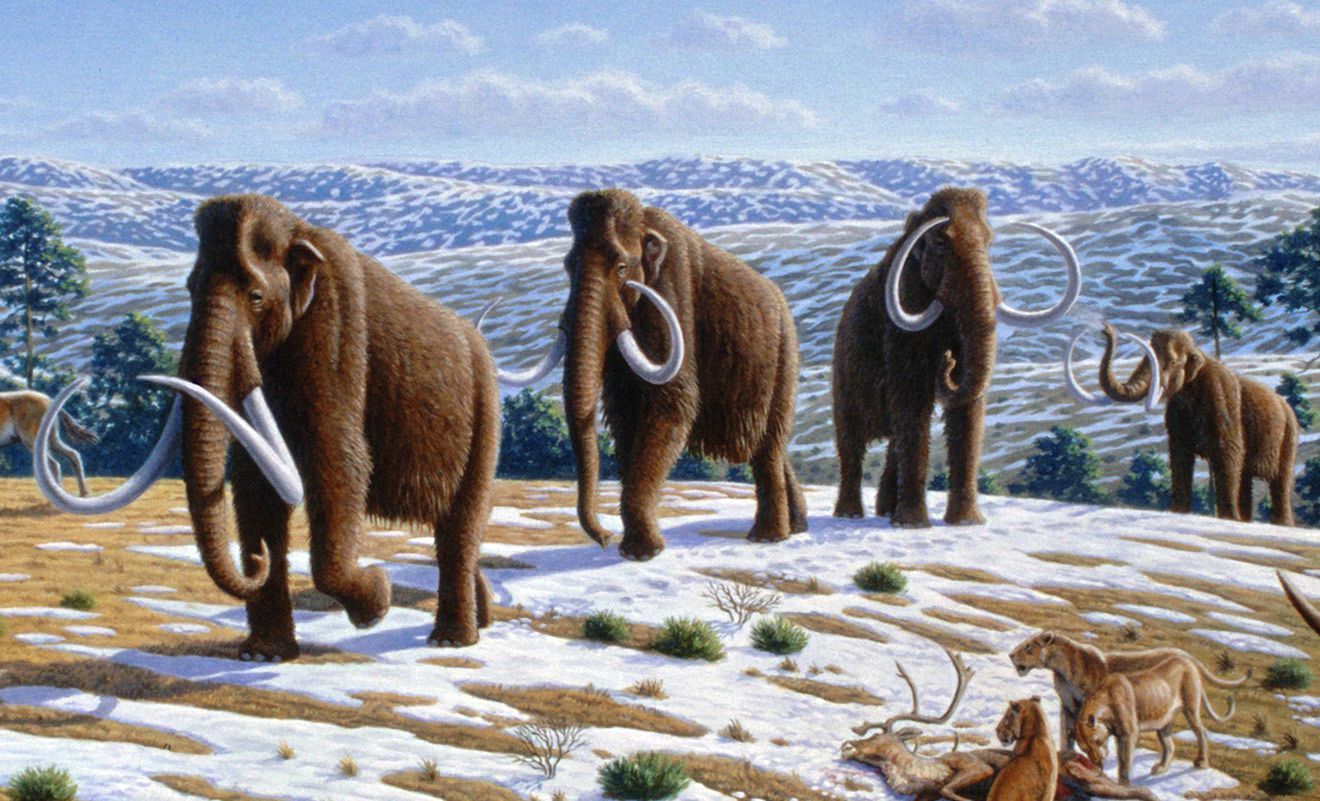
Source: Wikimedia Commons
Woolly mammoths would grow to a height of 11 feet and a weight of 6 tons. Its curved ivory tusk grows up to a length of 5 m.
Reintroducing One of the Masterchefs of the Earth’s Permafrost
Another adaptive feature of woolly mammoths is the protruding and soft upper ridge on their back. Though not as big, this clump is similar to that of camels and helps to keep the animal insulated and energized.
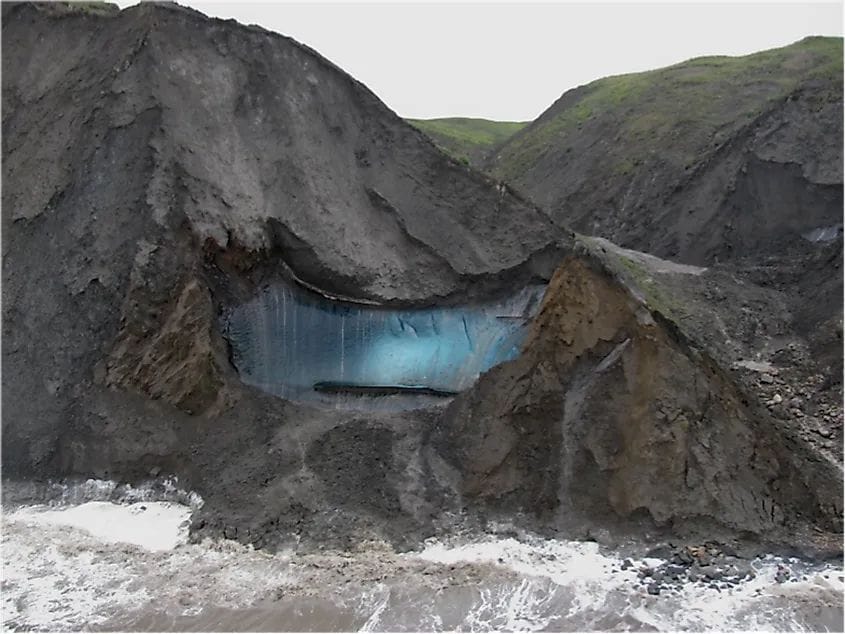
Source: Wikipedia
It is believed that woolly mammoths were major players in the formation of the earth’s permafrost. The permafrost was formed during the Pleistocene age, which was the period when woolly mammoths roamed the tundra-steppe — the ice age analog of our arctic.
Permafrost, the Earth's Carbon Safe
Recent studies have revealed that the permafrost formations of the arctic region have trapped about 1.6 billion metric tons of carbon. The permafrost carbon exists as biomatter, usually buried vegetation and animal carcasses.
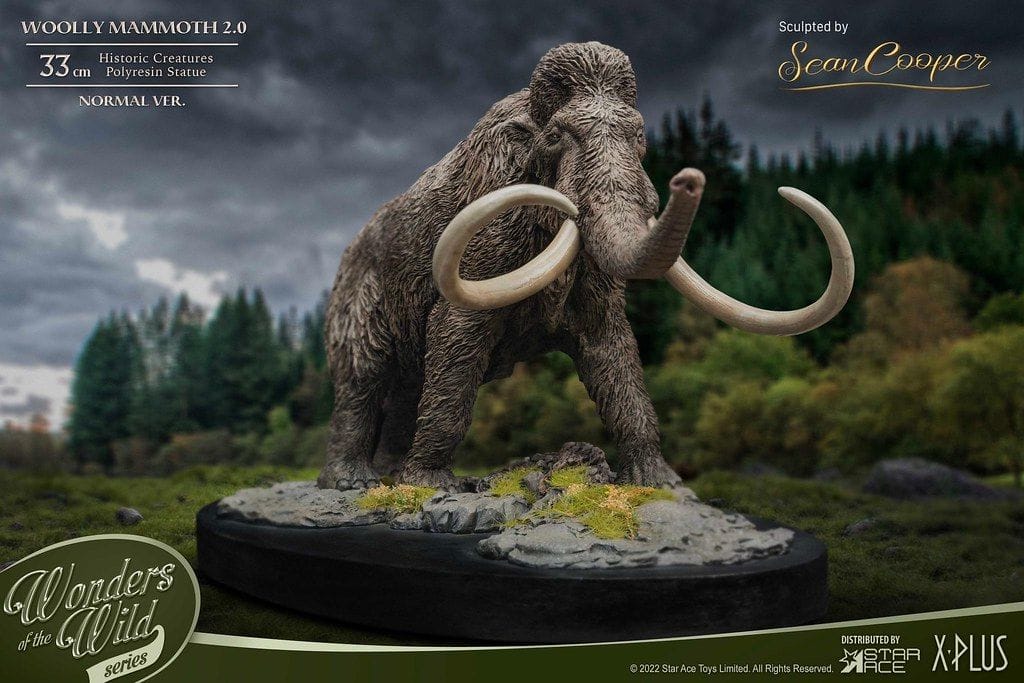
Source: Sean Cooper/Flickr
If (and when) the earth’s permafrost completely melts, the stored carbon will be released into the atmosphere as greenhouse gases. This scale of emission will dwarf all emissions ever expedited by humans.
Compacting Snow Into Blocks of Ice
Due to their sheer size and massive weight, it’s believed that the vast snow sheets of the steppe tundra were compacted into blocks of ice as woolly mammoths roamed.
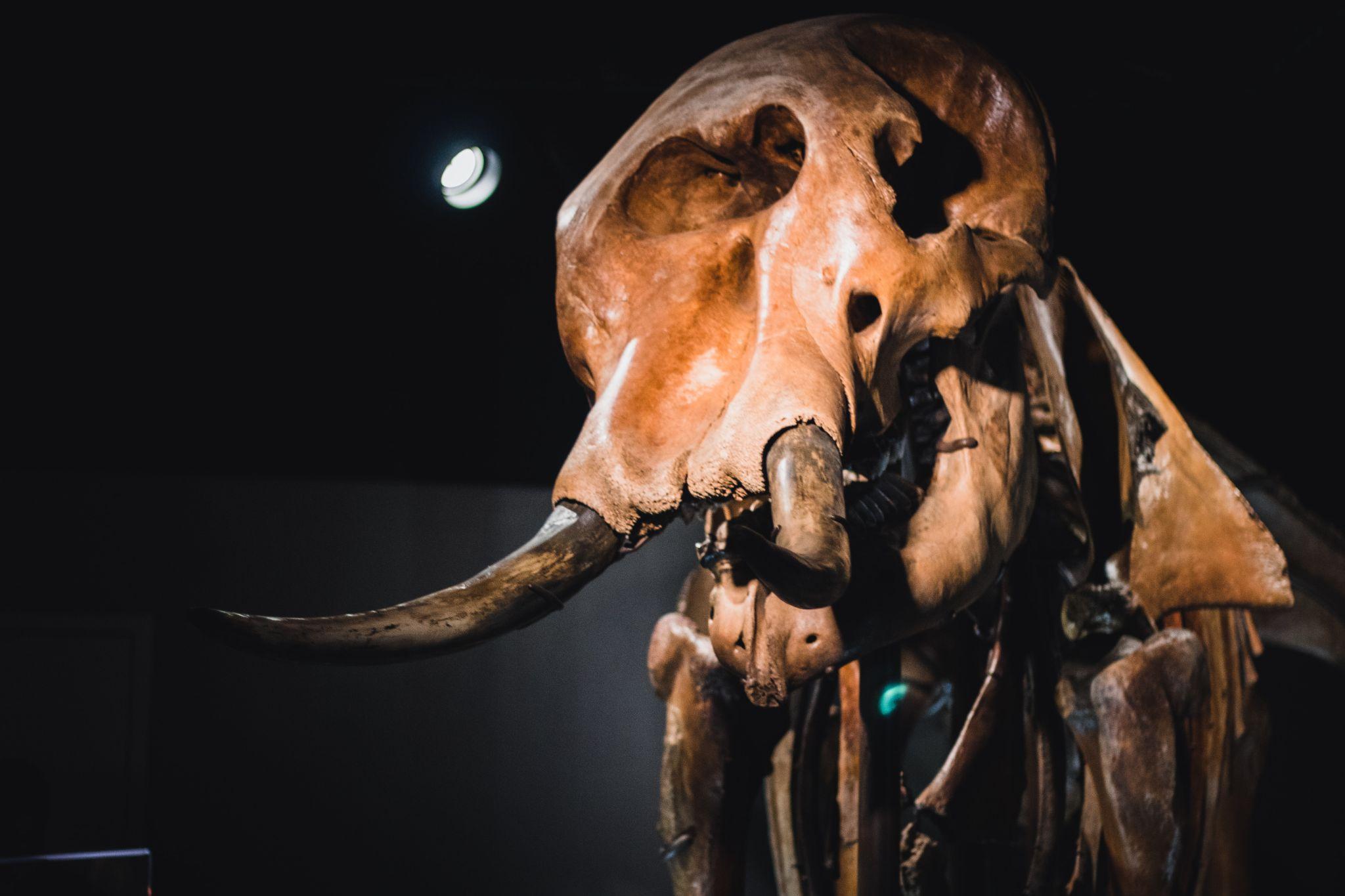
Source: Sean Foster/Unsplash
Their contribution to this process was double-pronged. While the weather was relatively warmer, woolly mammoths descended on the grass vegetation, flattening them.
Achieving Mammoth De-Extinction Through Gene Editing
While it is practically impossible to revive the recovered fossils and carcasses of woolly mammoths around the world, Colossal Biosciences has an innovative idea in the pipeline.
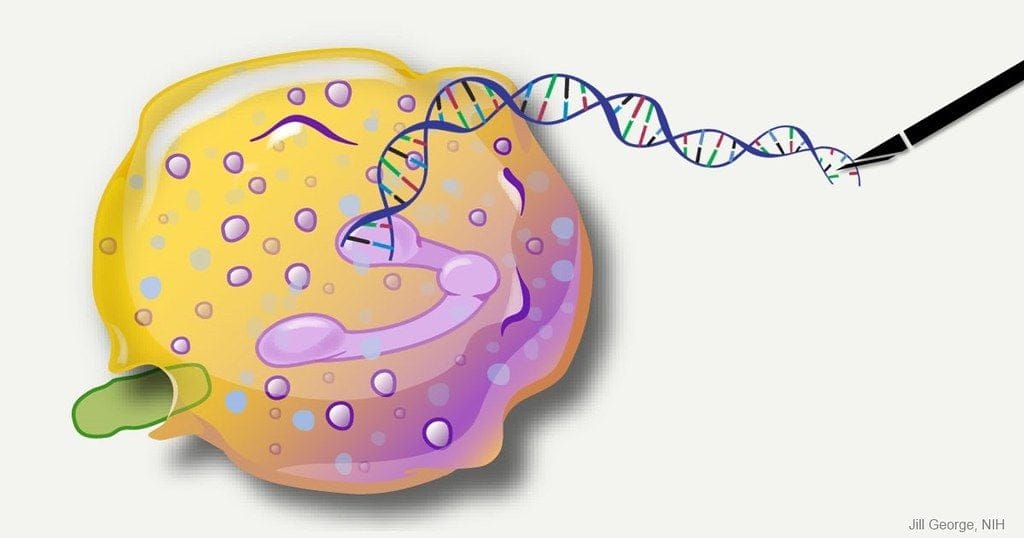
Source: Flickr
The brilliant minds at Colossal Biosciences have discovered the genetic profile of woolly mammoths and Asian elephants to be similar. Hence, they are looking at creating a woolly mammoth embryo using DNA samples collected from carcasses.
Will the Embryo of the Woolly Mammoth Be Grown in a Lab?
One of the feats which scientists at Colossal Biosciences are trying to achieve is to allow one of the living species of elephants to gestate the embryo. While the Asian elephant is a closer relative of the woolly mammoth, it has been agreed that the African elephant is a better choice.
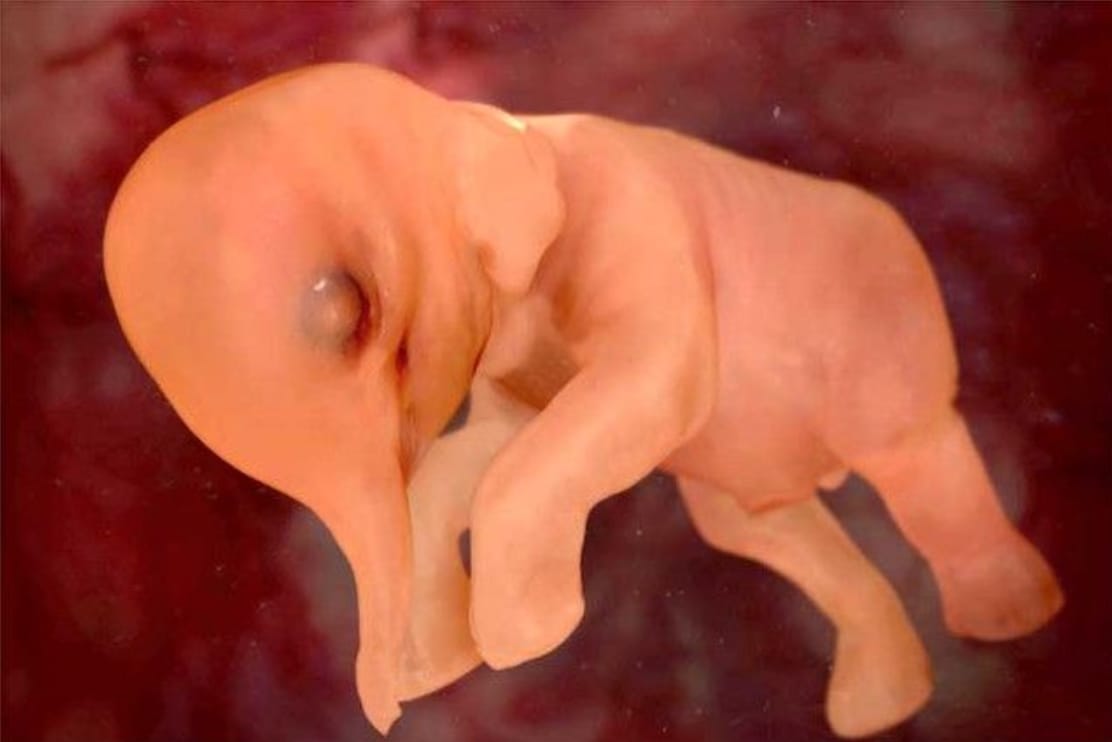
Source: Flickr
Due to the larger size of African elephants, it is theorized that they will find it easier to carry the calf of a woolly mammoth.
The Beginning of an Arctic Rewilding Project
The arctic rewilding project will probably see a rebirth of the thylacine — the extinct Tasmanian tiger. However, woolly mammoths are being given priority.
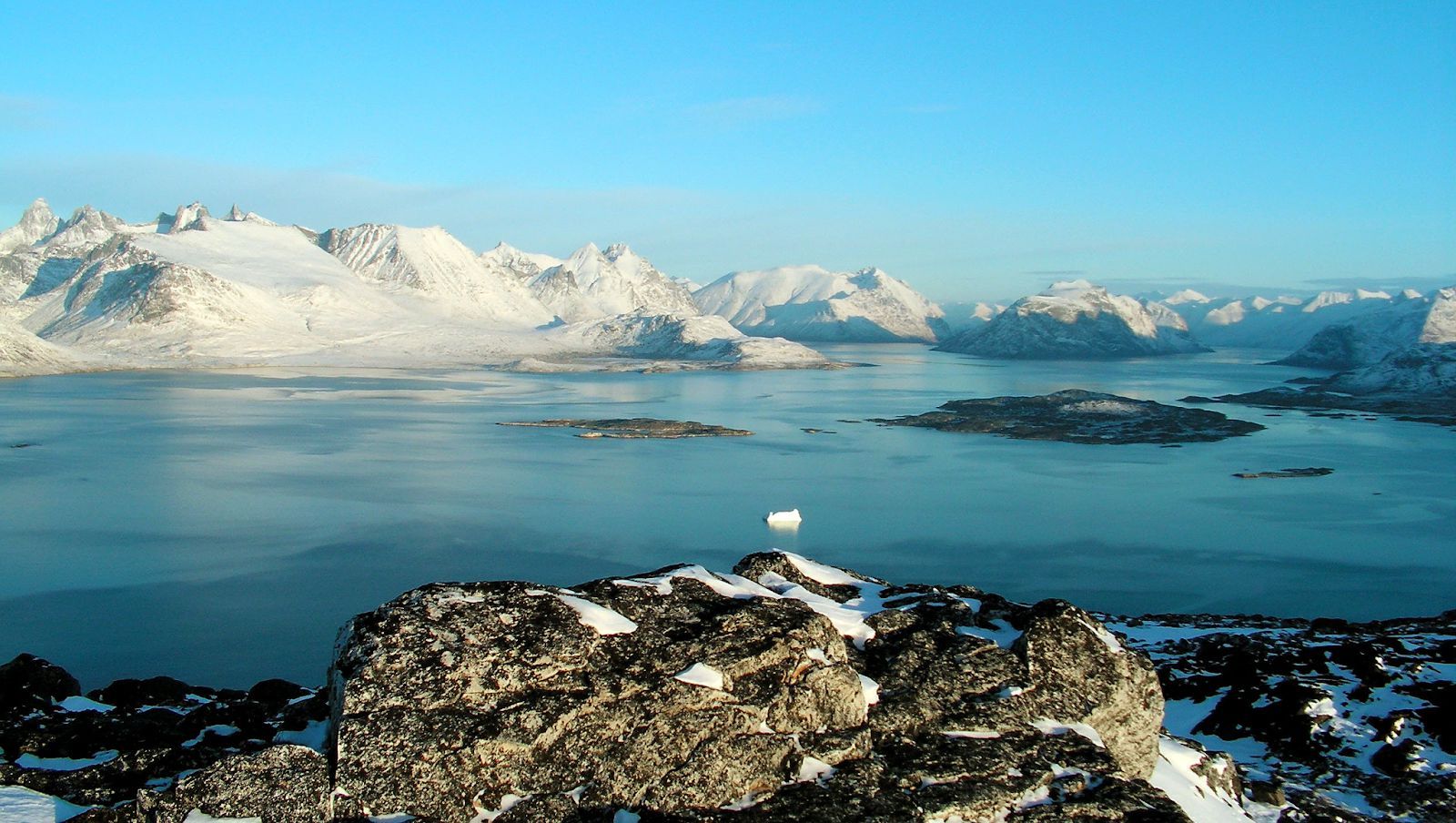
Source: Blogpost
Arctic rewilding follows the precedence of research data, which proved that soil temperatures dropped by 8°C after cold-resistant animals were reintroduced to the arctic region. Consequently, arctic rewilding is yet another shot at preserving and stabilizing the Arctic.
Why Bring the Woolly Mammoth Back to Life?
Colossal already has a manifesto of the many ways in which the woolly mammoth’s resurrection will be beneficial to the planet earth. Top on the list is decelerating or outrightly stopping the thawing of arctic permafrost.
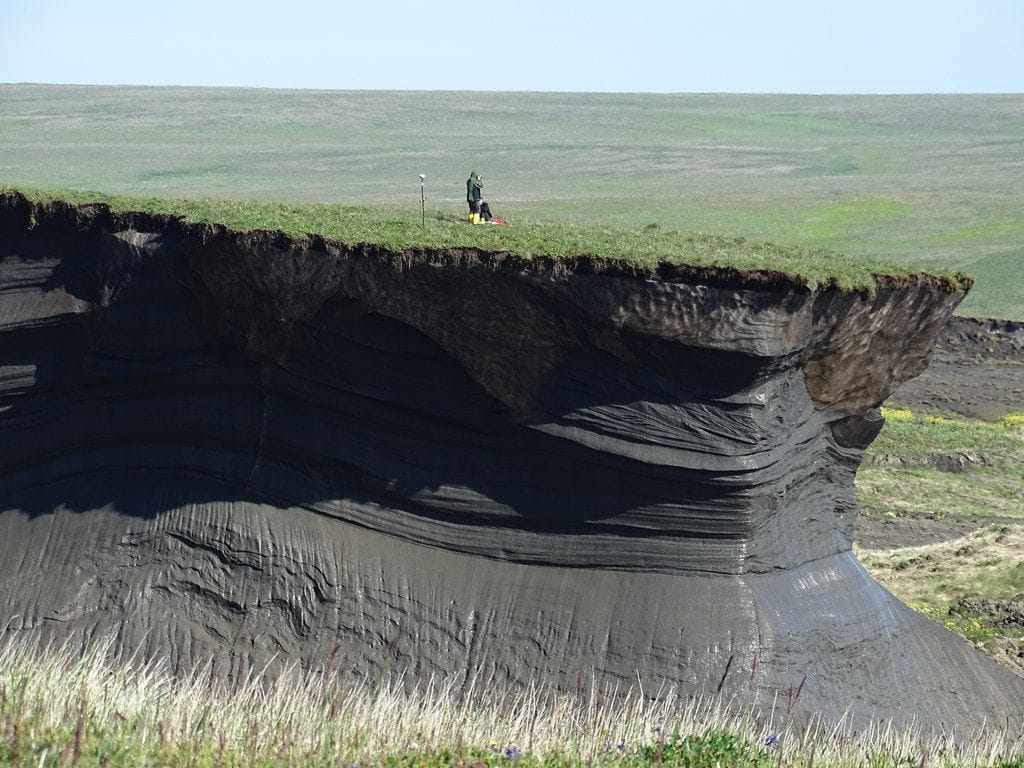
Source: Flickr
The carbon emissions from thawing permafrost will continue increasing exponentially. Earth’s permafrost is a carbon sponge that we cannot afford to squeeze. However, our unbridled human activities are already causing this to happen.
To Foster a Sustainable Ecosystem
Colossal is considering the possibility of revitalizing a sustainable ecosystem on earth. This means the planet could stabilize its climate and mop up the greenhouse gases while keeping emissions at net zero.

Source: Pxfuel
The project will also help keep the threatened elephant population from extinction. To top it off, we will understand the dominant traits in cold-resistant animals that are now extinct.
Gene Editing and Climate Change Studies are Not Disjointed Afterall
Who could have thought that studies and breakthroughs in gene editing science could help mitigate the onslaught of climate change?
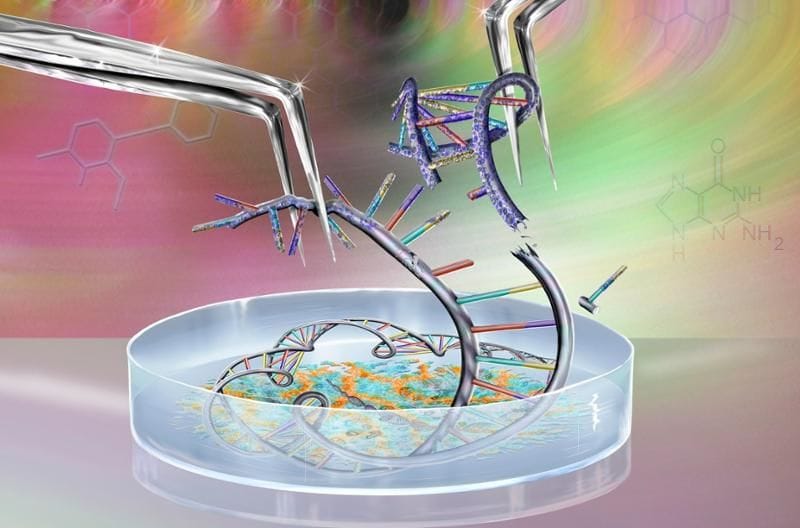
Source: NDLA
The reincarnation of the woolly mammoth will not only save the permafrost but will be a giant stride in the direction of practically adopting Clustered Regularly Interspaced Short Palindromic Repeats (CRISPR). CRISPR is the gene editing technology being adopted by Colossal Biosciences.
Some People Have Reservations About Coexisting With Animals From the Ice Age
Biologists have recorded that the last specie of mammoth (Wrangel Island Mammoths) became extinct about 4,000 years ago. This implies that up until around 1650 B.C., humans and mammoths coexisted.

Source: Wikipedia
Also, evidence from prehistoric drawings in places like the Rouffignac Cave, France, provides some evidence that man and mammoths coexisted synergistically. However, the records have equally implicated humans as complicit in the mammoths’ extinction.
Project Woolly is Not Just Fiction or Theory
The idea behind bringing back Woolly mammoths to life is not just an adaptation of a Hollywood sci-fi movie.
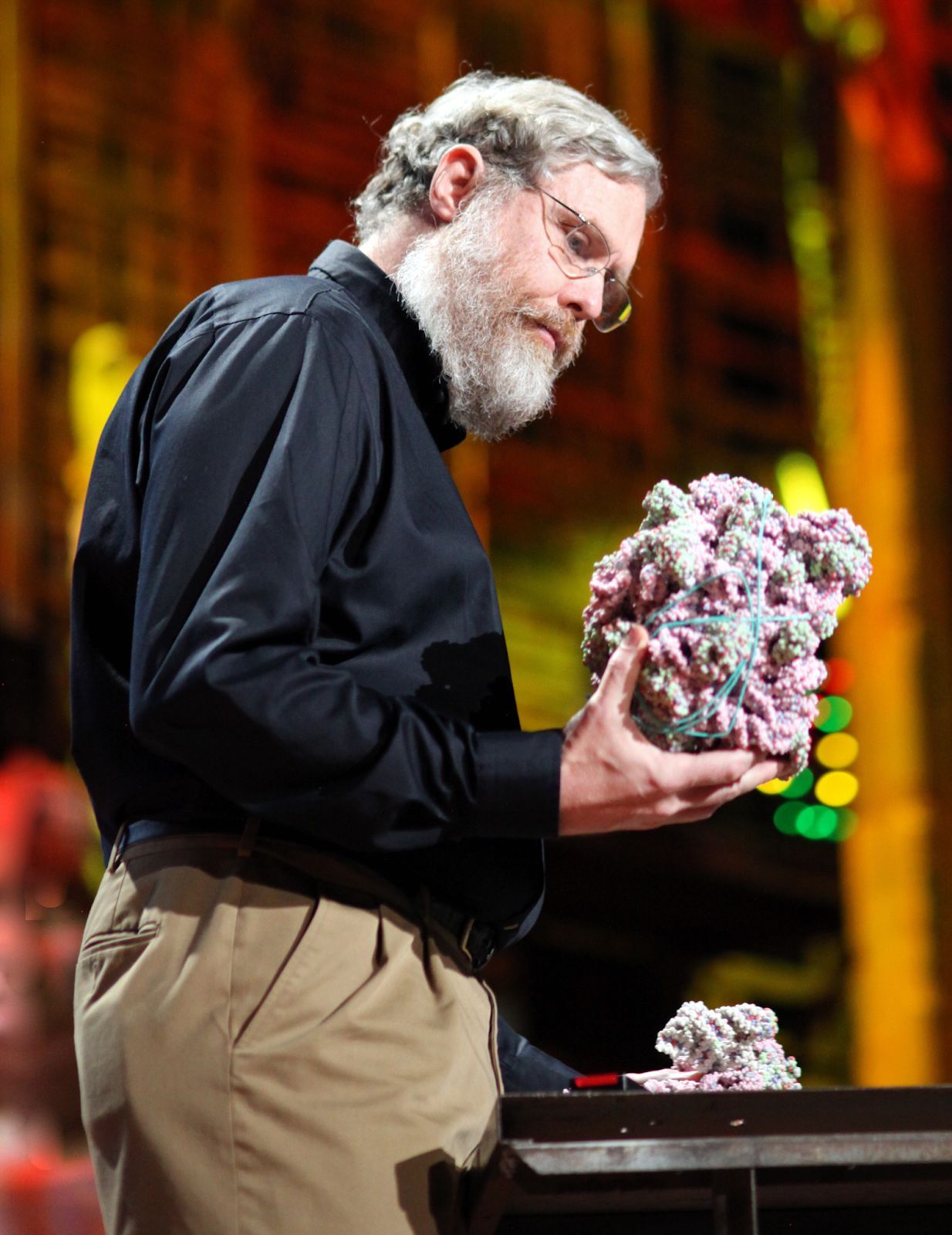
Source: Wikimedia Commons
George Church, Ph.D., and the scientists at his lab have successfully isolated stable DNA from a woolly mammoth carcass. The carcass was found preserved in Arctic permafrost and making the possibility of recreating these lost animals. The project recently got $60 million stronger from sponsors’ funding.
The 2027 Timeline for Woolly Mammoth's Rebirth
Colossal Biosciences are working towards having the first calf of the woolly mammoth in 2027. The threat of permafrost thawing is so serious that they have sped up their research to the highest possible limit.
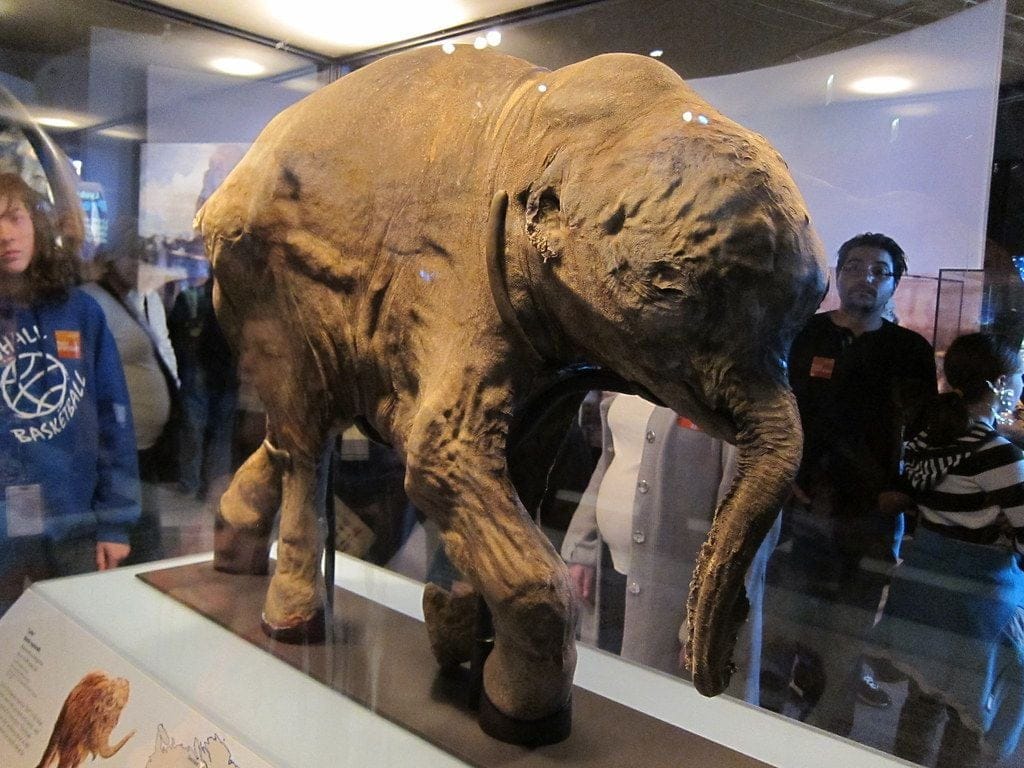
Source: Flickr
Environmental scientists estimate that the earth will have lost 65% of its permafrost by 2100. Permafrost depletion will set off a couple of climatic dominos that the current life-friendly ecosystem of the planet might be unable to survive.
Effectiveness of Arctic Rewilding and Woolly Mammoth Reintroduction
Has there been any research substantiating the claim that the presence of woolly mammoths will improve the earth’s climate conditions?

Source: Flickr
There is a Pleistocene park in northeastern Russia, and arctic rewilding research has been ongoing there for the past 40 years. A couple, Nikita and Sergey Zimov, have successfully reintroduced herbivores like bison, Yakutian horse, Bactrian camel, etc. These reintroductions have been established to improve the park’s tundra tremendously.
Ethical and Diplomatic Bottlenecks of Woolly Mammoth De-extinction
The Arctic weather that the woolly mammoth is best adapted to is found only in Siberia since global warming has caused the ice sheet in several regions to melt. Unfortunately, Colossal may be unable to reintroduce woolly mammoths in Siberia for political reasons.
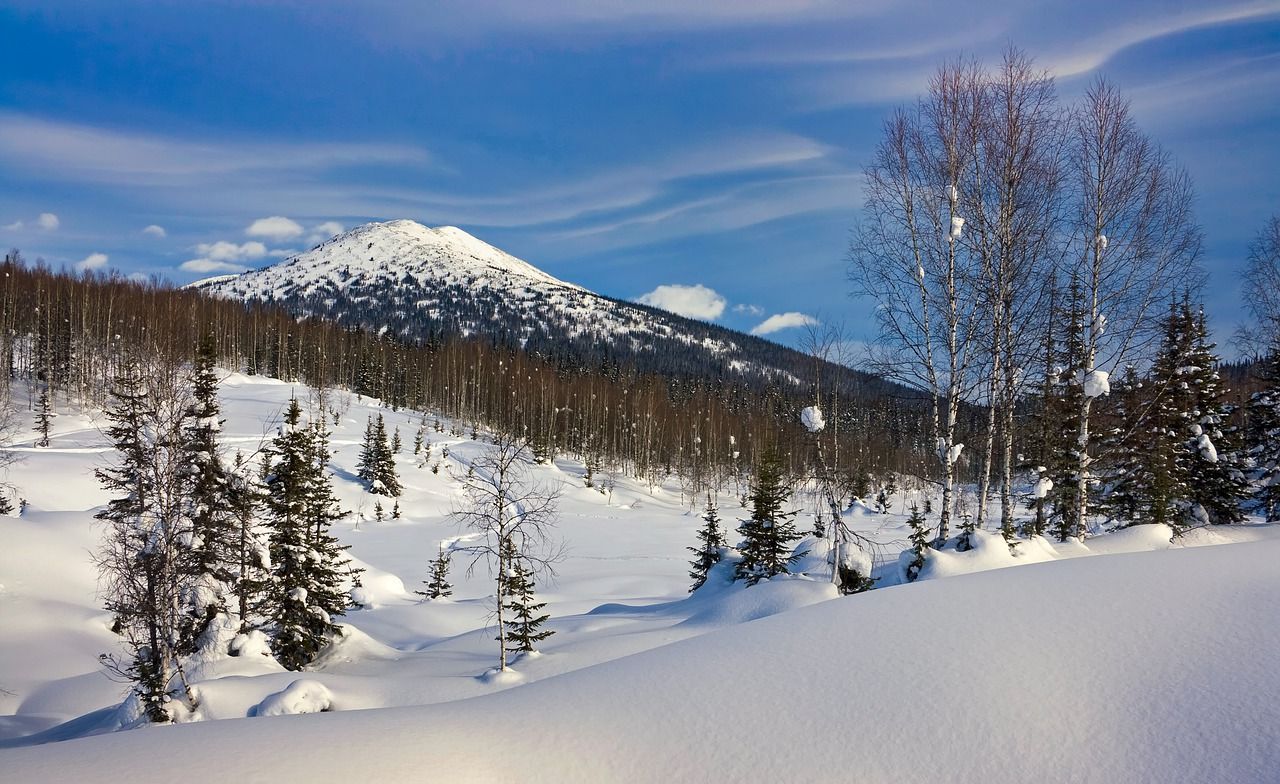
Source: Needpix
Likewise, questions have been asked about the ethics of handling the woolly mammoth and its inevitable contact with human populations.
